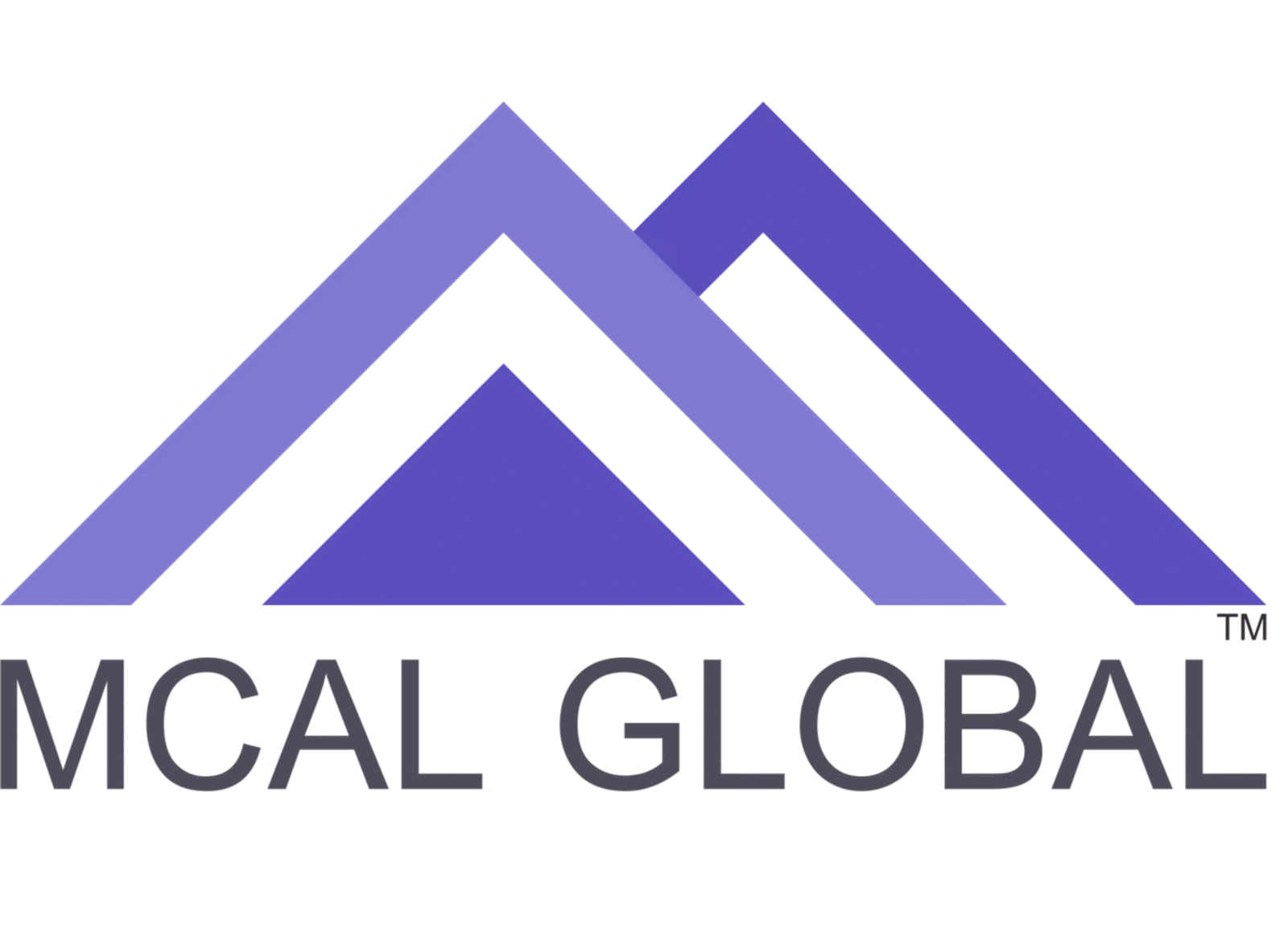In today’s competitive business landscape, organizations strive to maximize their performance and achieve strategic objectives. Performance measurement and management techniques provide a structured approach to monitor, evaluate, and improve performance across various levels of an organization. This comprehensive guide explores performance measurement and management techniques, including their definition, importance, key strategies, implementation steps, real-world examples, and related website links of tools and organizations that support these practices.I. Understanding Performance Measurement and Management:
- Definition and Purpose: Performance measurement and management refer to the process of tracking, assessing, and enhancing the performance of individuals, teams, departments, and the overall organization. These techniques enable organizations to align activities with strategic goals, identify areas for improvement, and make data-driven decisions.
- Importance of Performance Measurement and Management: Implementing performance measurement and management techniques offers several benefits, including:
- Clear visibility into organizational performance.
- Identification of performance gaps and improvement opportunities.
- Enhanced decision-making based on objective data.
- Alignment of individual and team goals with organizational objectives.
- Accountability and motivation for continuous improvement.
II. Key Performance Measurement and Management Techniques:
- Balanced Scorecard: The Balanced Scorecard is a comprehensive performance management framework that considers multiple dimensions of performance, including financial, customer, internal processes, and learning and growth. It provides a balanced view of performance across various perspectives.
- Key Performance Indicators (KPIs): KPIs are specific metrics that measure the performance of critical areas or processes within an organization. They are used to assess progress, identify trends, and make informed decisions. KPIs should be aligned with strategic objectives and be measurable, relevant, and actionable.
- Performance Dashboards: Performance dashboards are visual representations of key performance metrics and indicators. They provide a real-time snapshot of performance and enable stakeholders to monitor progress, identify trends, and take corrective actions.
- Performance Appraisal and Feedback: Performance appraisal processes involve the evaluation of individual or team performance against predetermined criteria. Feedback is then provided to facilitate development and address performance gaps. Regular performance discussions support continuous improvement.
- Continuous Improvement and Benchmarking: Continuous improvement initiatives involve systematically identifying and implementing changes to enhance performance. Benchmarking compares performance metrics against industry standards or best practices to identify improvement opportunities.
III. Implementing Performance Measurement and Management Techniques:
- Define Strategic Objectives: Clearly articulate the organization’s strategic objectives and ensure they are aligned with the mission and vision. These objectives should be measurable and linked to key performance areas.
- Identify Key Performance Indicators: Identify and define relevant KPIs that align with the strategic objectives. Ensure that the selected KPIs are measurable, meaningful, and actionable. Set targets and benchmarks for each KPI.
- Establish Performance Measurement Systems: Implement a performance measurement system that captures relevant data and provides real-time information on performance metrics. This can be achieved through technology solutions such as performance management software or customized dashboards.
- Monitor and Evaluate Performance: Regularly monitor and evaluate performance against the defined KPIs. Use performance dashboards, scorecards, or customized reports to track progress and identify areas for improvement. Analyze trends and patterns to gain insights.
- Provide Performance Feedback and Coaching: Conduct periodic performance appraisals and provide constructive feedback to individuals and teams. Offer coaching and support to address performance gaps and facilitate development. Encourage a culture of continuous learning and improvement.
- Foster a Performance-driven Culture: Promote a performance-driven culture that values accountability, recognition, and continuous improvement. Communicate the importance of performance measurement and management to all stakeholders and provide training as needed.
IV. Real-World Examples of Performance Measurement and Management:Example 1: Sales Performance: In a sales department, performance measurement techniques may include tracking revenue growth, customer acquisition rates, conversion rates, and customer satisfaction scores. Performance management involves regular sales reviews, individual performance discussions, and targeted coaching.Example 2: Manufacturing Efficiency: In a manufacturing setting, performance measurement techniques may focus on metrics such as production yield, equipment downtime, cycle time, and defect rates. Performance management involves conducting regular efficiency audits, implementing lean manufacturing practices, and driving continuous improvement initiatives.V. Related Tools and Organizations:
- Balanced Scorecard Institute: The Balanced Scorecard Institute offers resources, training, and consulting services related to the Balanced Scorecard framework. Their website provides valuable insights and tools for implementing the Balanced Scorecard. Website: https://www.balancedscorecard.org/
- Tableau: Tableau is a leading data visualization and analytics tool that helps organizations create interactive dashboards and reports for performance measurement and management. Website: https://www.tableau.com/
- Society for Human Resource Management (SHRM): SHRM is a professional association that provides resources, certifications, and best practices for performance management and employee development. Their website offers valuable insights and tools for performance measurement and management. Website: https://www.shrm.org/
Conclusion:Performance measurement and management techniques are crucial for organizations striving for excellence and continuous improvement. By implementing techniques such as the Balanced Scorecard, defining relevant KPIs, leveraging performance dashboards, and fostering a performance-driven culture, organizations can monitor and enhance their performance. Tools such as Tableau provide powerful visualization capabilities, while organizations like the Balanced Scorecard Institute and SHRM offer resources and support for implementing performance measurement and management practices. By adopting these techniques, organizations can make data-driven decisions, drive continuous improvement, and achieve their strategic objectives.References:
- Balanced Scorecard Institute. (n.d.). Balanced Scorecard Institute. Retrieved from https://www.balancedscorecard.org/
- Tableau. (n.d.). Tableau. Retrieved from https://www.tableau.com/
- Society for Human Resource Management (SHRM). (n.d.). SHRM. Retrieved from https://www.shrm.org/
Note: The examples provided are fictional and used for illustrative purposes only.
For better understanding join MCAL Global’sMaster Business Analysis Training – MBATâ€. MBAT is the flagship business analyst course. MCAL Global has trained more than 2000 professionals on the business analysis processes, concepts, tools, techniques, best practices, business analyst certification, and software tools via this program.
Through active feedback collected from individuals & corporates, MCAL Global has perfected this business analyst course via numerous updates and revisions to deliver the best possible results for individuals or corporates.MCAL Global conducts a classroom for this business analyst course in Pune and Mumbai, else you can join our live online business analyst course from anywhere.
MCAL Global has trained professionals from the United States, UAE – Dubai, Australia, United Kingdom, and all major cities from India through our live instructor online business analyst courses. You can send your interest by visiting our contact us page.

